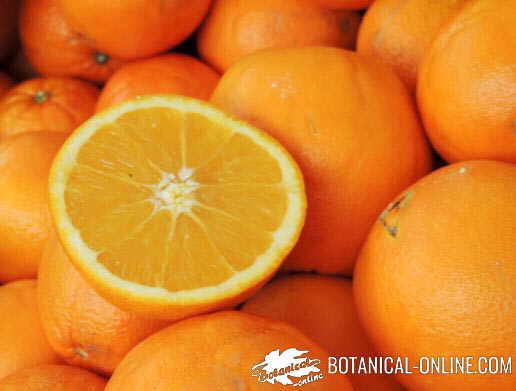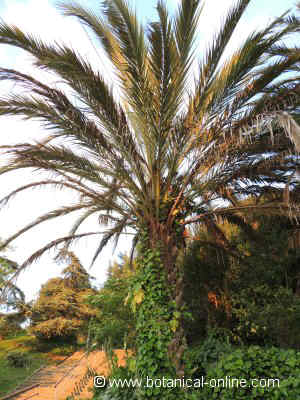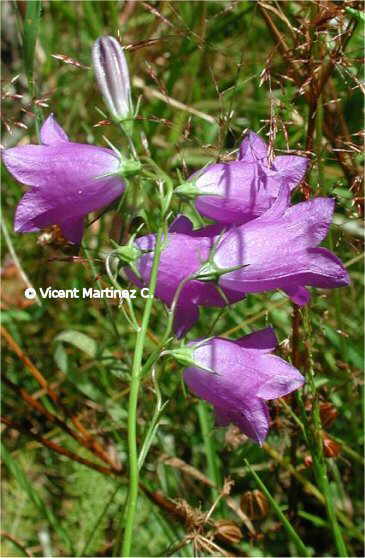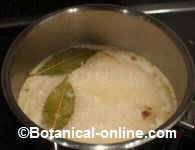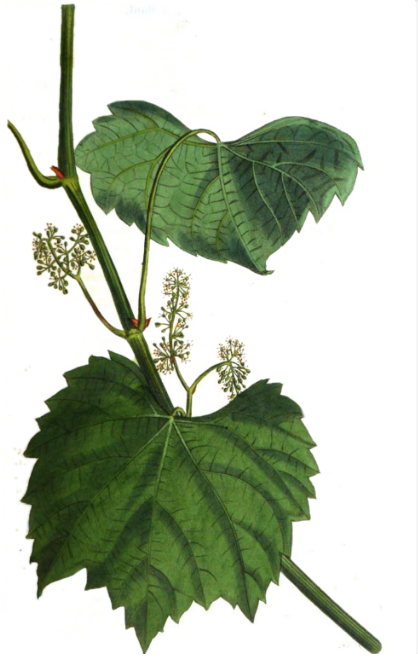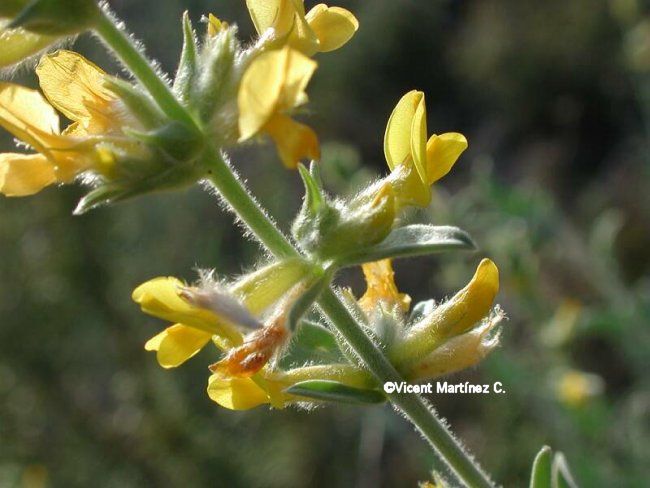Contents
EDIBLE PROPERTIES OF TARRAGON
TARRAGON SPICE HERB
Tarragon, French tarragon (Artemisia dracunculus) is a small shrub of the Compositae family, which is used as an aromatic herb in the kitchens of almost every country.
Interestingly, tarragon is one of the few herbs that are not native to the Mediterranean region. Its origin comes from Central Asia and Siberia, and spread throughout Europe because of the Crusades and its cultivation in monasteries.
Tarragon has an anise flavor, slightly spicy, hot and sweet. Depending on the variety, you a refreshing citrus scent can be noticed. The anise flavor is due to the content of estragole, an anethole like substance that also appears in anise.
Generally, tarragon used in cooking is French tarragon. There is another variety, Russian tarragon (Artemisia dracunculus var. inodora), which is a more robust plant but less aromatic and with a bitter taste.
It possesses aperitive properties.
French tarragon is a sterile plant, so, when we buy an aromatic plant of this type, we must ensure that has been propagated from a tarragon plant cutting.
Tarragon properties
Tarragon aromatic properties are greatly appreciated in gastronomy, but its medicinal properties makes it more than just a condiment.
– Source of Vitamin C: tarragon plant is very rich in vitamin C, which was formerly used as antiscorbutic plant.
– Tarragon contains antiseptic substances, salicylic acid and coumarins, which makes it an analgesic and an anti-inflammatory remedy and a natural antibiotic. Formerly, tarragon was taken as a remedy for snake bites.
* More information: Composition of Tarragon.
– Digestive plant: for its richness in monoterpenes and aromatic components, this plant is eupeptic and carminative, that is to say, it promotes digestion and helps eliminate flatulence.
– For the liver: this plant is also beneficial for the liver because its choleretic and cholagogue effects, meaning it thins the bile and helps cleanse the gallbladder, being a remedy to prevent the stones in the gallbladder.
| In spite of this beneficial properties, tarragon must not be used in large amounts or daily. Its essential oil is very rich in estragole and methyl-eugenol, two substances, that, consumed in excess, can have carcinogenic effects. Scientific studies ensure that these substances can be eliminated from the body relatively quickly, but the continued use of the plant is contraindicated. Tarragon essential oil is not recommended. |
Uses of tarragon in gastronomy
– Tarragon is highly prized in French cuisine, so it is very used in this kitchen. This plant is known in many regions as French tarragon.
– This herb, from which fresh or dried leaves (less aromatic) are used, joins the tartar sauce, bearnaise sauce, gribiche sauce and mustard sauce.
– Because of its slightly lemon and aniseed flavor, tarragon has become popular to flavor oils and vinegars. Tarragon vinegar is the most classic culinary use for this plant, and from it ravigote sauce derives.
– Tarragon is also used to flavor vodka and spirits.
– This plant is known to be part of Provence herbs, mixing herbs and bouquet garni.
– In some regions, cheeses are flavored with this plant. It is also added to marinades and it is an ingredient in some pickles, such as olives or pickled cucumber.
– The plant can be used fresh in salads of lettuce or tomato salad.
– This plant also adds a touch of flavor to traditional gazpacho.
– Its flavor combines well with some sweet dishes like the delicious melon jam with tarragon.
* More information: see tarragon recipes in the listing below.
History of tarragon
Tarragon is named after its analgesic value and its properties to disinfect wounds. Greek mythology associated this plant with the legend of Hippolytus, who was swallowed by a dragon.
From here derives the Latin name of the plant dracunculus (little dragon), and ancient texts reveal that tarragon was worn on the clothes as a remedy for snake bites. From its Latin name derived Spanish terms like dragoncillo, esdragón and estragón..
It is no coincidence that the Arabs later baptized this plant as Tarkhum, which also means little dragon. From the Arabic root Tarkhum, derived the English name for this plant, tarragon, and the Old French name Targon.
Current studies have found more than 30 antiseptic components in the tarragon, confirming its use as analgesic to treat bites, that was attributed to it in the past.
Tarragon was introduced in Europe from Spain during the Arab raids in the IX-X century, and from this place it spread to the rest of Europe and America.
Another form of this plant was extended by cultivation in monasteries. Tarragon is mentioned in the Capitulaire of Villis issued by Charlemagne, under the name or serpentine or little snake.
This capitulary was particularly important because it dictated the medicinal plants, the food, the textile plants or the dyer plants that people in the villages and monasteries of Marks of the emperor had to be cultivated.
If tarragon quoted in this capitulary, presumably its importance in food and as a natural remedy had to be well known and highly valued to be introduced it in all the realm.
![]() More information on tarragon.
More information on tarragon.


